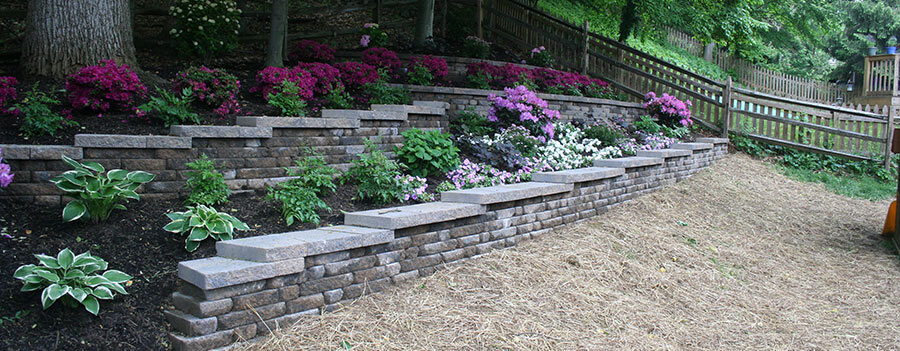Having a well-maintained yard is not just about keeping the grass trimmed and the flowers blooming. One crucial aspect that often goes unnoticed until it becomes a problem is yard drainage. Poor drainage can lead to numerous issues, such as water pooling, soil erosion, and even damage to your home’s foundation. In this article, we will explore effective solutions for fixing water drainage problems in your yard, ensuring a healthy and beautiful landscape.
Understanding the Causes
Before jumping into solutions, it’s essential to understand what causes poor drainage. Common factors include:
- Compact Soil: Dense soil, like clay, restricts water flow.
- Slope Issues: Improper grading or flat terrain can hinder water runoff.
- High Water Table: A shallow water table can lead to water logging.
- Gutter and Downspout Issues: Misdirected or clogged gutters can contribute to excessive water near your foundation.
Identifying the Problem
First, assess your yard during or after a heavy rain. Notice where water pools or flows. Check if water is accumulating near your home’s foundation, which is a red flag.
Practical Solutions
1. Regrading the Yard
- Objective: To create a gentle slope away from your house.
- Process: This involves adding or removing soil to adjust the yard’s slope.
- Professional Help: For extensive regrading, it’s wise to consult a professional to ensure proper slope and prevent future issues.
2. Installing a French Drain
- Ideal For: Areas with persistent water pooling.
- How it Works: A trench is dug, a perforated pipe is installed, and then covered with gravel or rock, redirecting water away from the problem area.
- Professional Installation: While DIY is possible, professional installation ensures optimal function and longevity.
3. Creating a Rain Garden
- Purpose: To absorb excess water and beautify your yard.
- Location: In a naturally wet area, away from your home.
- Plant Choice: Use native, water-tolerant plants.
- Benefits: Adds aesthetic value and promotes local biodiversity.
4. Improving Soil Drainage
- Method: Incorporate organic matter like compost into your soil.
- Benefits: Enhances soil structure, allowing better water penetration and drainage.
5. Gutter and Downspout Maintenance
- Regular Cleaning: Keep gutters free of debris.
- Extending Downspouts: Ensure they direct water at least 10 feet away from your home’s foundation.
6. Installing Dry Wells
- Useful For: Handling runoff from gutters.
- Function: A dry well is a small underground pit filled with gravel, collecting water and allowing it to slowly percolate into the ground.
7. Using Swales
- Ideal For: Large, flat areas.
- Design: Gentle, shallow ditches that direct water flow, often planted with grass or other vegetation.
8. Constructing Retaining Walls
- For Sloped Yards: Helps in managing soil erosion and runoff.
- Professional Consultation: Necessary for ensuring structural integrity and effectiveness.
Maintenance and Prevention
- Regular Checks: Inspect your yard, especially after heavy rains.
- Landscaping Choices: Opt for plants that help absorb water and avoid overwatering your garden.
- Monitor Changes: Keep an eye on any new construction or landscaping changes that might affect drainage.
Solving water drainage issues in your yard can be a challenging but rewarding task. From simple gutter adjustments to more extensive solutions like regrading or installing a French drain, there’s a solution for every situation. Remember, prevention and regular maintenance are key to avoiding future problems.
For homeowners who prefer professional assistance, our company offers comprehensive drainage solutions tailored to your specific yard needs. Contact us for a consultation, and let’s ensure your yard remains a beautiful, water-trouble-free space.

